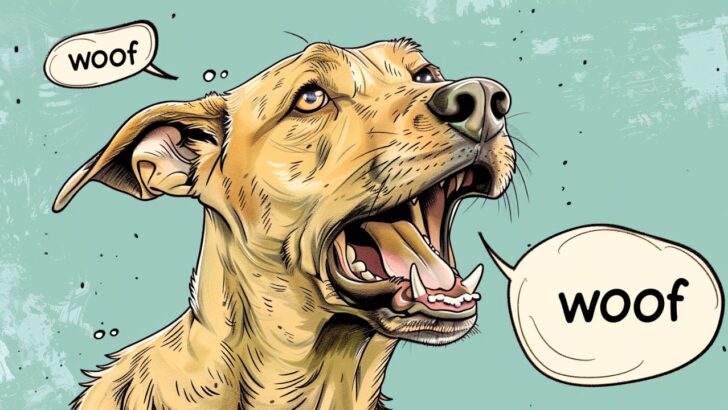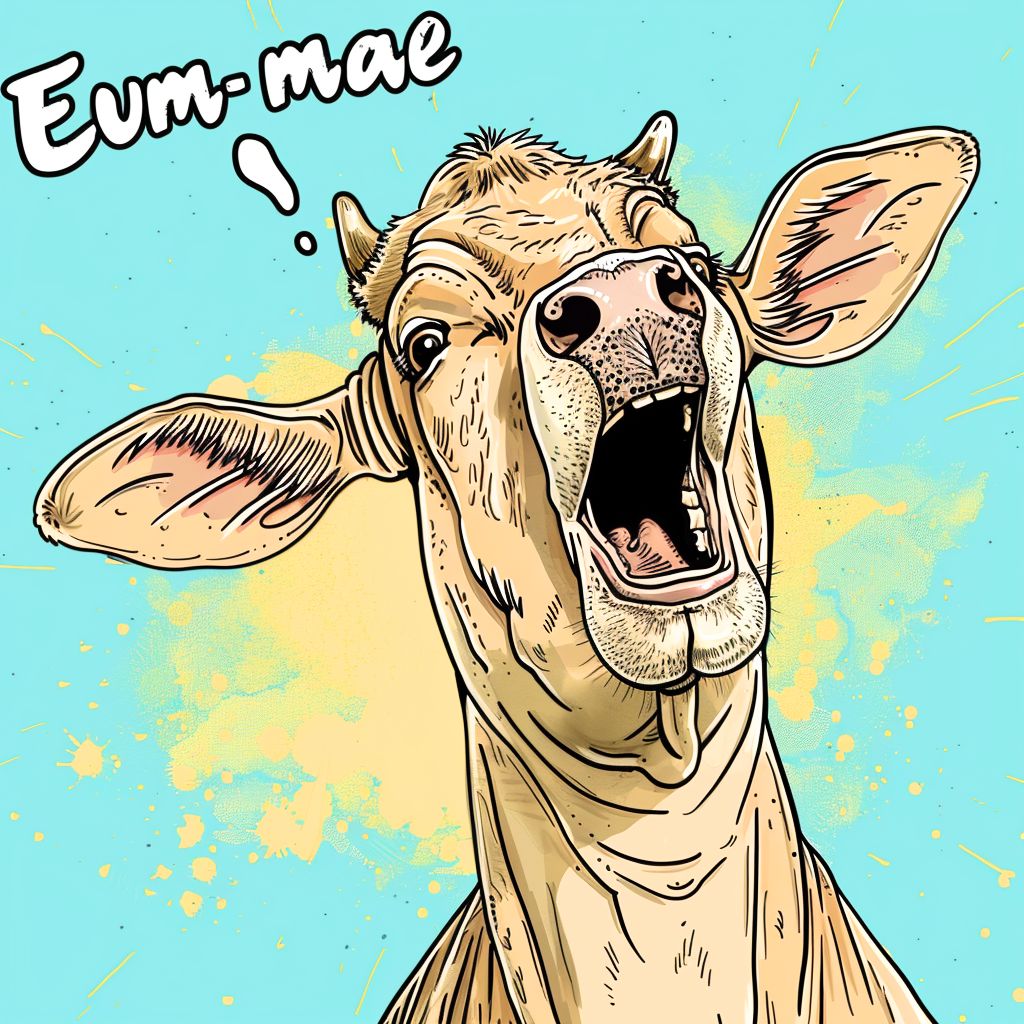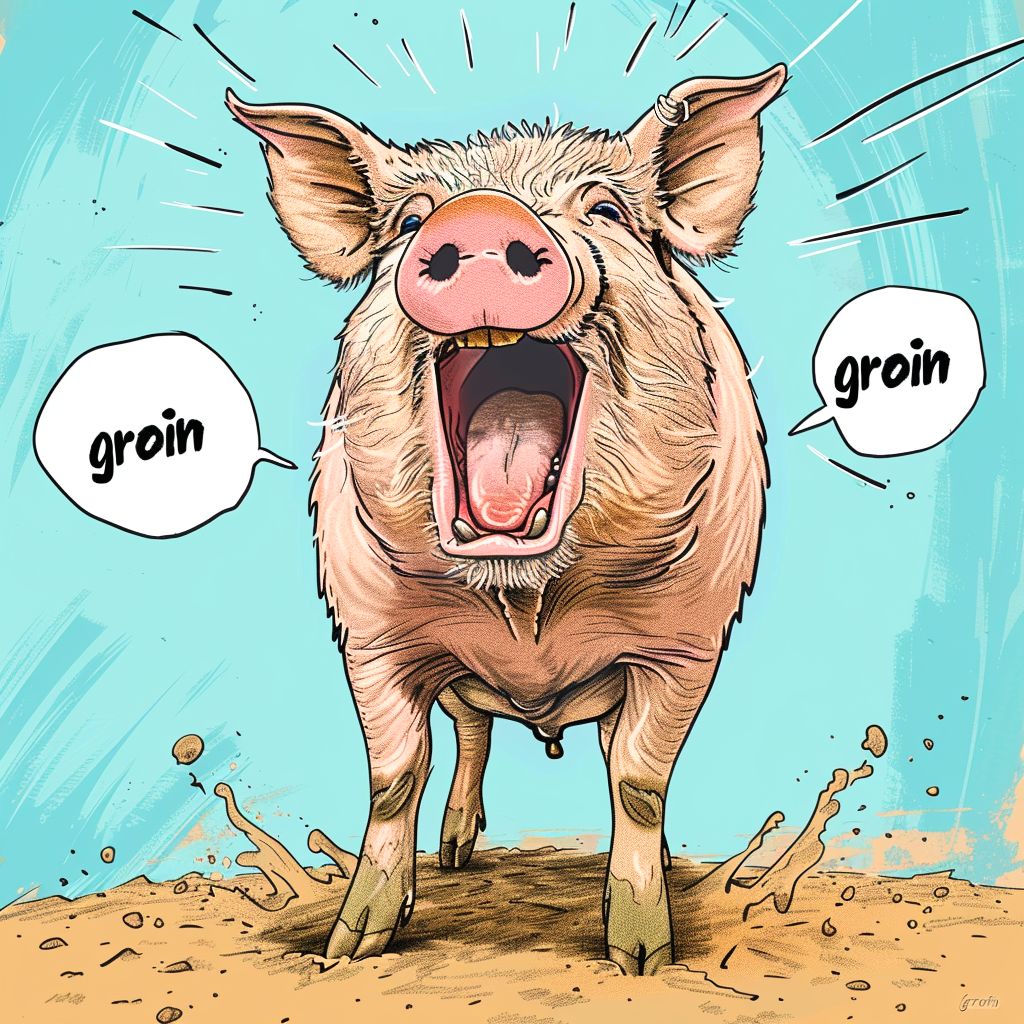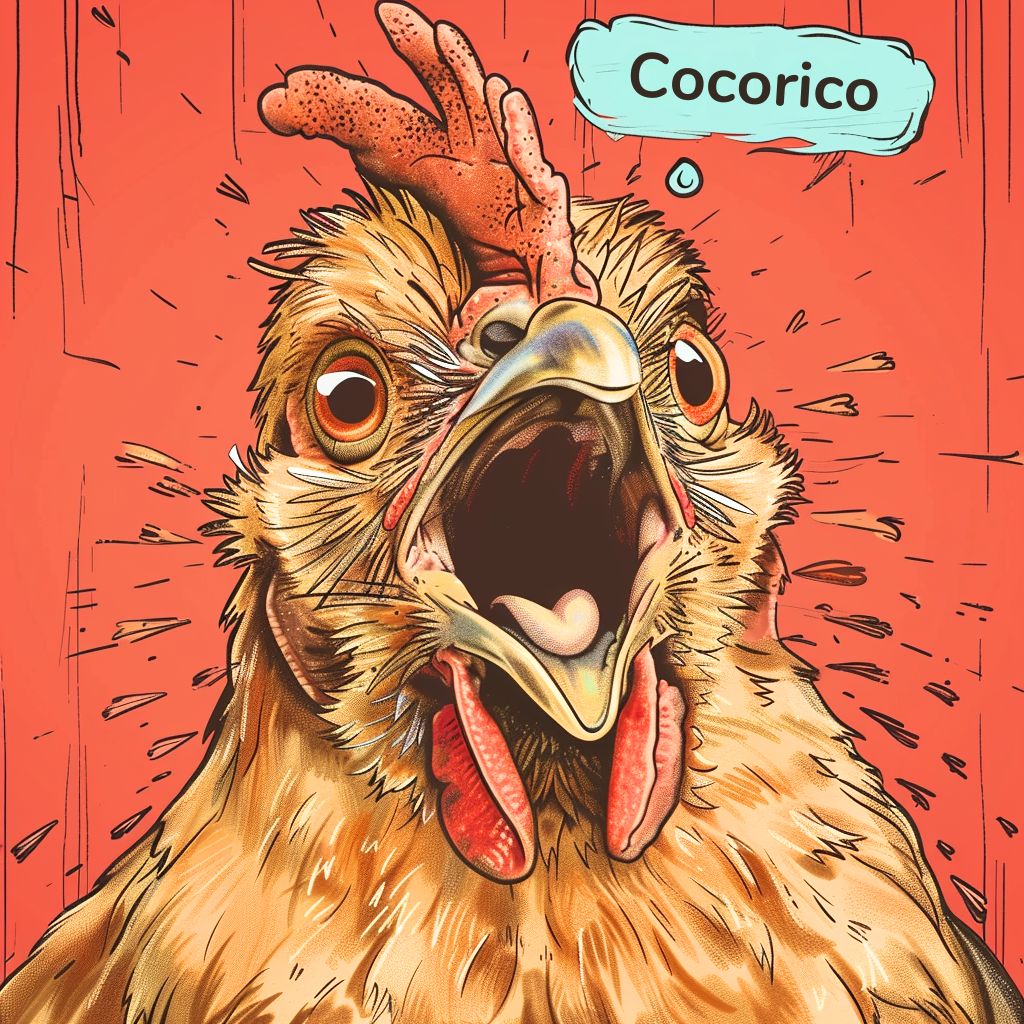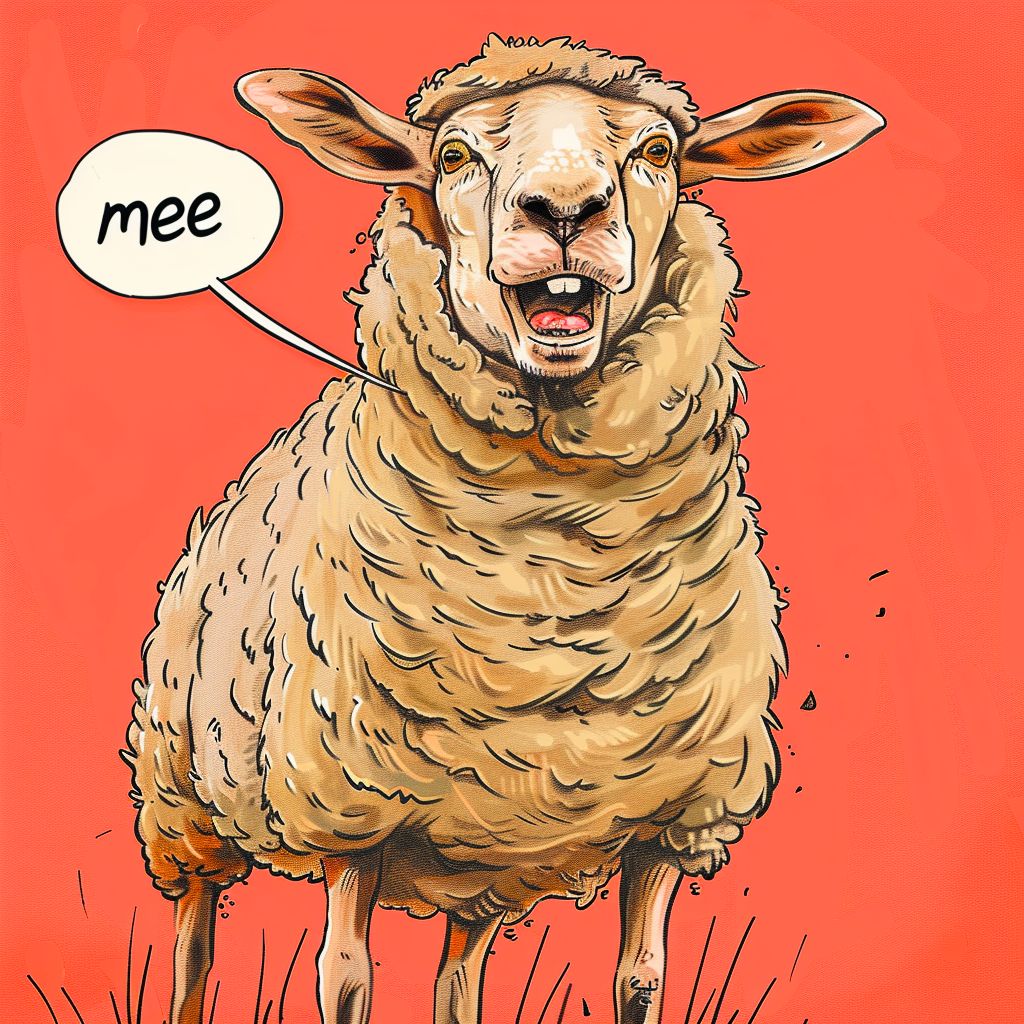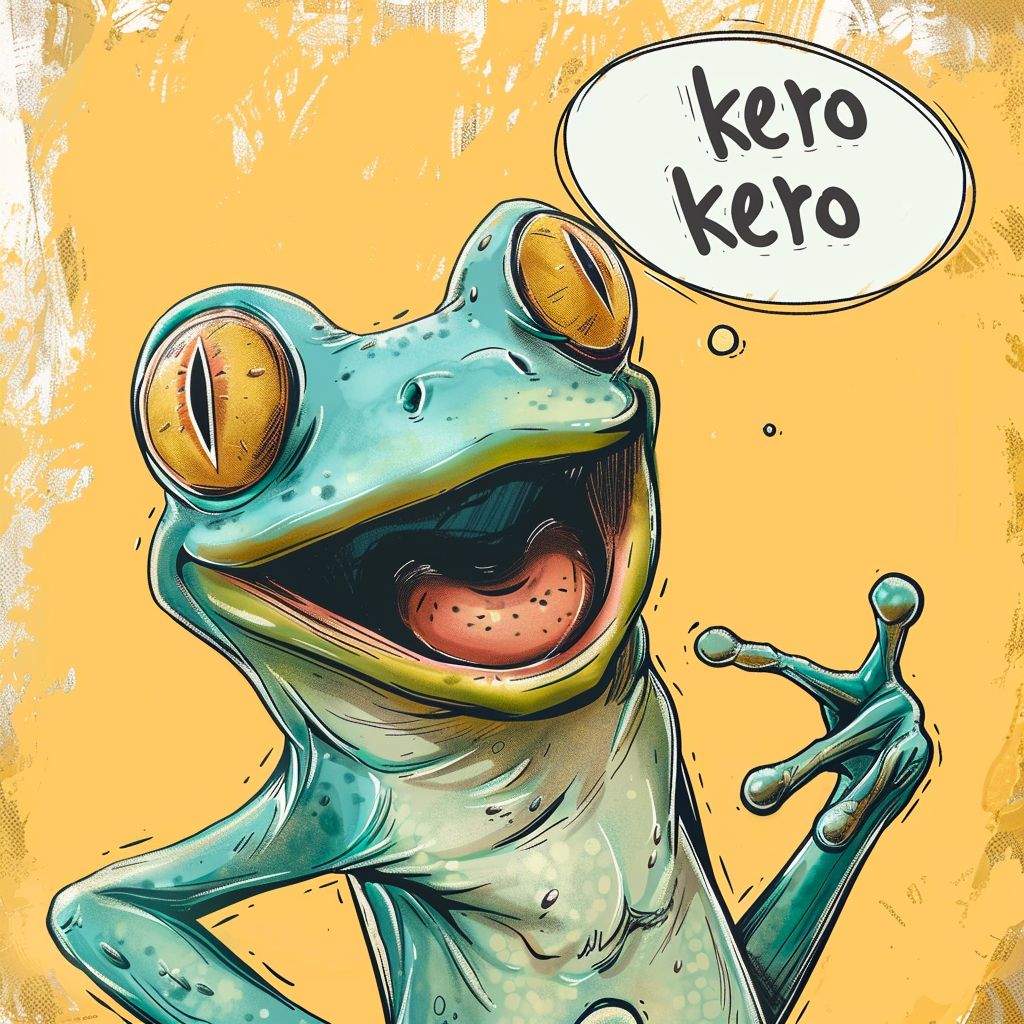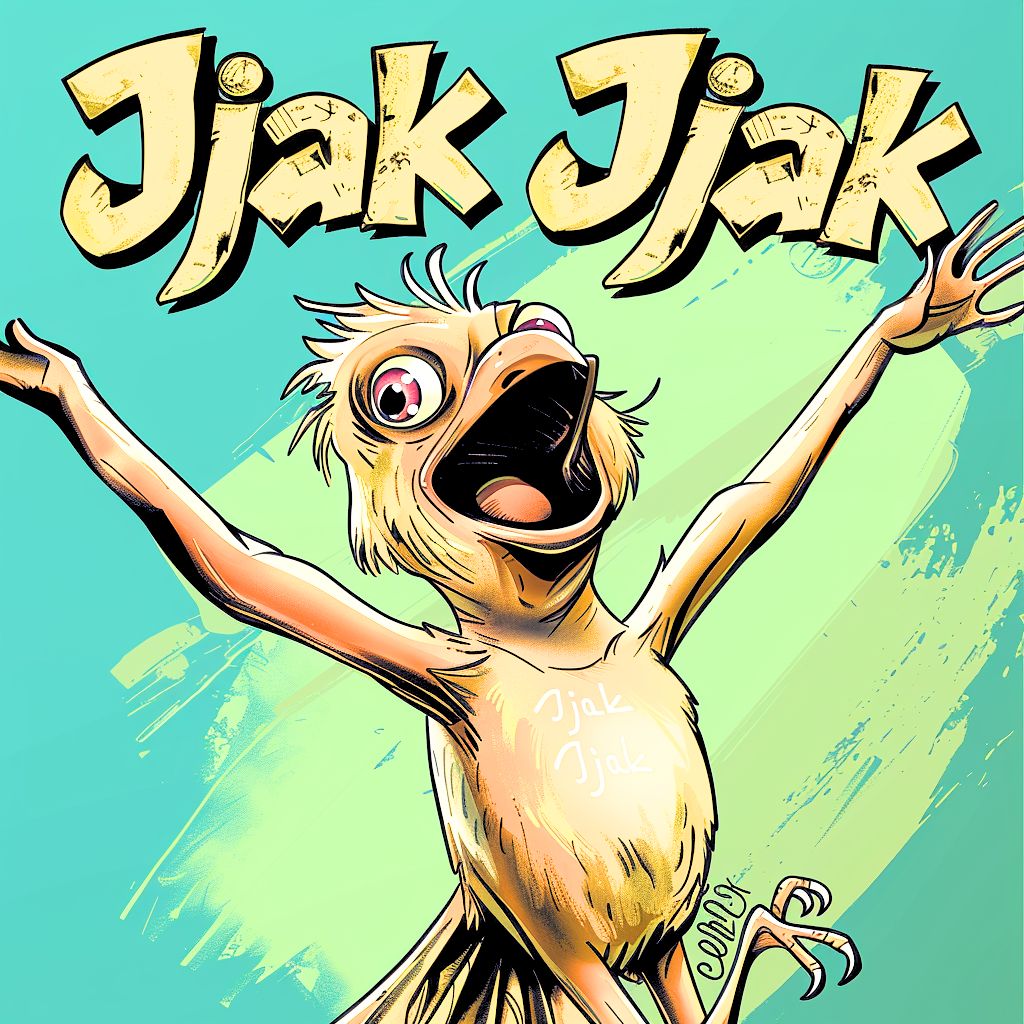Animal sounds are among the most fun and interesting aspects of language, often varying widely from one language to another. Here’s a listicle highlighting how different languages around the world interpret and represent animal sounds.
1. Dogs
In Japan, dogs say “wan wan,” reflecting the language’s phonetic simplicity and onomatopoeic tradition. In Turkey, they go “hav hav,” capturing the sharp, repetitive barking Turks hear. These variations show how different cultures phonemically perceive and interpret canine sounds.
- English: Woof Woof (Bark Bark)
- Spanish: Guau Guau
- French: Ouaf Ouaf
- Japanese: Wan Wan
- Korean: Meong Meong
- German: Wau Wau
- Russian: Gav Gav
2. Cats
When cats meow in Korea, it sounds like “yaong,” influenced by the melodic tones of the Korean language. In Russia, it’s “myau,” shaped by the Russian language’s softer vowel sounds. These differences highlight how the phonetic structure of each language influences the interpretation of a cat’s meow.
- English: Meow
- Spanish: Miau
- French: Miaou
- Japanese: Nyan
- Korean: Yaong
- German: Miau
- Russian: Myau
3. Cows
A cow’s “moo” becomes “muu” in Japan, reflecting a more drawn-out, monotone interpretation, while in Spain, it’s “mu,” echoing the directness of Spanish phonetics. These subtle differences illustrate how language rhythm and sound patterns affect the representation of cow noises.
- English: Moo
- Spanish: Muu
- French: Meuh
- Japanese: Moo
- Korean: Eum-mae
- German: Muh
- Russian: Mu
4. Pigs
Pigs in France go “groin groin,” mimicking the nasal sounds typical in French, while in Germany, they say “grunz,” reflecting the guttural sounds common in German. These playful sounds highlight how linguistic characteristics shape how pig noises are heard and expressed.
- English: Oink Oink
- Spanish: Oink Oink
- French: Groin Groin
- Japanese: Buu Buu
- Korean: Kkul Kkul
- German: Grunz
- Russian: Khryu Khryu
5. Roosters
The rooster’s crow in Italy is “chicchirichì,” capturing the melodious and rolling sounds of Italian, while in Japan, it’s “kokekokko,” reflecting a more rhythmic and repetitive pattern. These distinct calls show how cultural auditory perceptions shape the rooster’s morning call.
- English: Cock-a-doodle-doo
- Spanish: Kikiriki
- French: Cocorico
- Japanese: Kokekokko
- Korean: Kkokkio
- German: Kikeriki
- Russian: Kukareku
6. Sheep
Sheep in Japan go “mee mee,” reflecting a simple and repetitive sound structure, while in France, it’s “bêê,” influenced by the French nasal vowel sounds. These variations demonstrate how a language’s phonetic tendencies affect the representation of a sheep’s bleat.
- English: Baa Baa
- Spanish: Beee
- French: Bêê
- Japanese: Mee Mee
- Korean: Meh
- German: Mäh
- Russian: Beee
7. Frogs
Frogs in Spain say “croac,” mimicking the deep, throaty sounds that Spaniards associate with frogs, while in Japan, it’s “kero kero,” reflecting the rhythmic and repetitive nature of Japanese onomatopoeia. These diverse croaks highlight the fascinating differences in phonetic perception and linguistic expression of frog sounds.
- English: Ribbit
- Spanish: Croac Croac
- French: Coâ Coâ
- Japanese: Kero Kero
- Korean: Gaegul
- German: Quak
- Russian: Kva Kva
8. Ducks
In China, ducks say “ga ga,” reflecting the straightforward and tonal nature of Chinese, while in the Netherlands, it’s “kwaak,” which aligns with the Dutch language’s tendency towards guttural sounds. The diversity in duck sounds across languages showcases how tonal qualities influence their interpretation.
- English: Quack Quack
- Spanish: Cuac Cuac
- French: Coin Coin
- Japanese: Ga Ga
- Korean: Kkak Kkak
- German: Quak Quak
- Russian: Krya Krya
9. Horses
In Spain, horses say “hiii,” reflecting a sharp, high-pitched sound that mimics the Spanish perception of a horse’s neigh. In Poland, it’s “iha ha,” capturing a more rhythmic and elongated interpretation. These interpretations show the unique ways different cultures perceive and vocalize the sound of a horse.
- English: Neigh
- Spanish: Hii Hii
- French: Hiii
- Japanese: Hihiin
- Korean: Ihee
- German: Wiehern
- Russian: Igo-go
10. Birds
Birds in Italy chirp “cip cip,” reflecting the light, repetitive sounds that Italians hear, while in Korea, it’s “jjak jjak,” capturing a more rhythmic and tonal pattern common in Korean. These melodic variations in bird sounds across languages add a delightful note to our understanding of avian vocalizations, shaped by cultural and linguistic influences.
- English: Tweet Tweet
- Spanish: Pío Pío
- French: Cui Cui
- Japanese: Pii Pii
- Korean: Jjak Jjak
- German: Piep Piep
- Russian: Chik-Chirik
If you would like to hear some of these sounds verbalized by actual people, make sure to give this video a go here:

Hey fellow Linguaholics! It’s me, Marcel. I am the proud owner of linguaholic.com. Languages have always been my passion and I have studied Linguistics, Computational Linguistics and Sinology at the University of Zurich. It is my utmost pleasure to share with all of you guys what I know about languages and linguistics in general.

